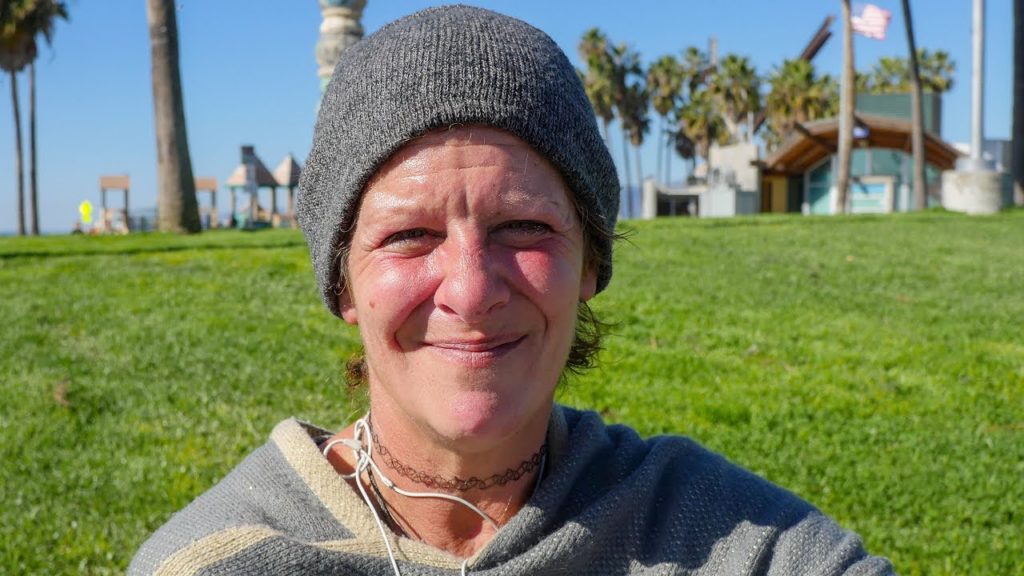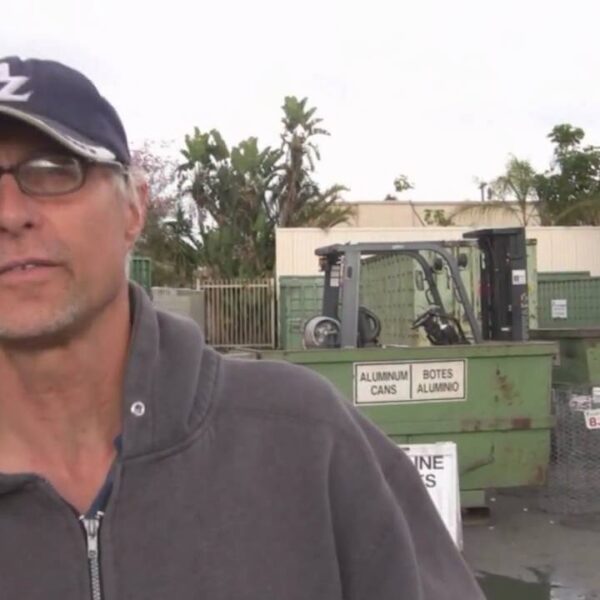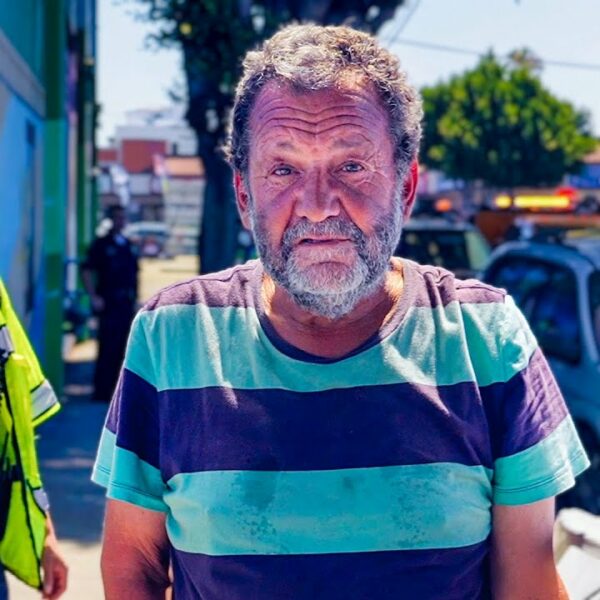This post originated from an excerpt from a live stream we do most every Sunday night. I really hope people that work in the homeless services sector will take the time to watch this video.
Sadly, like most everything anymore, people are polarized to opposite beliefs digging lines in the sand unwilling to have an open conversation that may lead to change. The higher you go up in the homeless sector, the bigger the egos and the less willing people are to even consider a different way of thinking. This conversation is not about right or wrong, it’s about human lives!
I started to change my mind on prioritizing chronic homeless people during a lunch with Tanya Tull. In 1988, the “Housing First” Program for families was launched at Beyond Shelter by Tanya Tull in response to a sharp increase in the number of homeless families with children. Dr. Sam Tsemberis is often crediting for developing the Housing First model. But it was Tanya Tull who first came up with Housing First and implemented it.
Tanya mentioned to me that prioritizing chronic homeless people does not produce the intended results the special interest groups claim they do. She continued explaining that if the homeless sector truly wanted to save lives and save money, they should prioritize people new to homelessness because they have a far better chance of restabilizing and getting off of any kind of public assistance. This is the woman who first came up with the Housing First model! She is an icon in the homeless services sector! LISTEN UP!
Focus on Ending Chronic Homelessness
About 10 years ago, the homeless sector started focusing on the prioritization of chronic homelessness. In simple terms, a chronic homeless person is someone who has been on the streets for a while, really stuck in homelessness. They may have developed an addiction, mental health problems, even behavioral problems.
The homeless sector started implementing a vulnerability index to rate how close a chronic homeless person is to death. Then, they fast-track the person into housing (which, by the way, doesn’t exist, there is not even close to enough housing).
Initially, I supported the movement to prioritize chronic homelessness. Facing homelessness myself, I was here in Los Angeles working as a case manager. I was borderline poverty, scraping rent and crashing into homelessness myself. I went to this meeting in Santa Monica where they just started talking about Chronic Homelessness. At the meeting, they passed around a book showing about 100 chronically homeless people. These people were so close to death – I could only look at four pictures. It was clear these people needed immediate help or they would die.
The Theory: Chronically homeless people eat up 80 percent of the resources available to the homeless sector. If we end chronic homelessness, we can take those resources and use it to end family homelessness.
Here’s the thing: It’s not working.
Youth, Families and Elderly are the fastest growing homeless demographics. Why? Well, because we’ve only focused on Chronic Homelessness.
Change the Focus
My friend Alicia is homeless. She sleeps in front of her apartment building where she lived for 17 years. She has issues now. But if she received help, and in turn, her dignity, she would turn around. I believe she would get a job. If you watch her interview, and I hope you do, she talks about how she wants to go back to work.
But she remains homeless. Alicia spends all day, every day in the Venice Beach bathroom – picture the dirtiest truck stop, and that’s still better than the Venice Beach bathrooms. She stays in there, listening to her radio because she is scared. She used to be able to leave, find somewhere else to hide. But she’s getting older. She’s been on the streets for four years. She can’t leave and she hides in the bathroom.
What do you think her mental state is? What will it be in a year?
The trouble is right now Alicia is not “vulnerable” enough to qualify for support. The current system prioritizes only the most vulnerable. I still believe we have a moral imperative to help people who need it the most. But I no longer believe that targeting just the most vulnerable is smart.
Here’s why. If Alicia doesn’t get into housing soon, chances are she will need support for the rest of her life. Or worse, she’ll die outside. By prioritizing people like Alicia, we’ll save more lives and more taxpayer money.
Triaging Homelessness
The definition of insanity is doing the same thing and expecting a different result. Prioritizing chronic homeless people wasn’t a bad idea. It’s just that homelessness has changed. There may be a smarter and more cost-effective idea that will save more lives. We should help people get out of homelessness before they are too far gone.
I am connected to hundreds of homeless people all over the United States. It breaks my heart knowing that each and every one of them has a better chance of dying outside than they do getting the help they need!
SOMETHING IS WRONG! SOMETHING IS BROKEN!
We’ve been prioritizing chronic homelessness for a decade now. It’s not working as intended. It’s time to think differently.
The homeless sector is checking the vulnerability index, saying, “We only have this much housing, this much support – we can’t do anything without any more money.”
We are triaging homelessness because there is a lack of resources. Homeless services have evolved into complacency. Rarely do I see any sense of urgency out of the homeless sector. As I travel, the only constant I see in homelessness is the insane amount of times a homeless person tries to get help only to be turned away.
I am unemployed without income – I’m out helping people. Why? Because I can’t walk by a homeless person and just accept that is the way it is. We have to get to a place where we have more compassion and we don’t say, “We can’t, so we won’t.” The thing is, we can – there are resources! They just aren’t being allocated correctly – humanely.
The Big Political Game
But get this: according to a recent report, the city of LA spends $30 million a year criminalizing homelessness – sweeping tents and everything else. That’s 15 shelters! They spent $20 million to build 10 shelters at $2 million each. But then they spend $30 million taking people’s tents, their homes?! That doesn’t make any sense – No sense!
It’s a poor allocation of resources. And the solution is not just more money. What we are doing is broken. We need to change. We must change.













